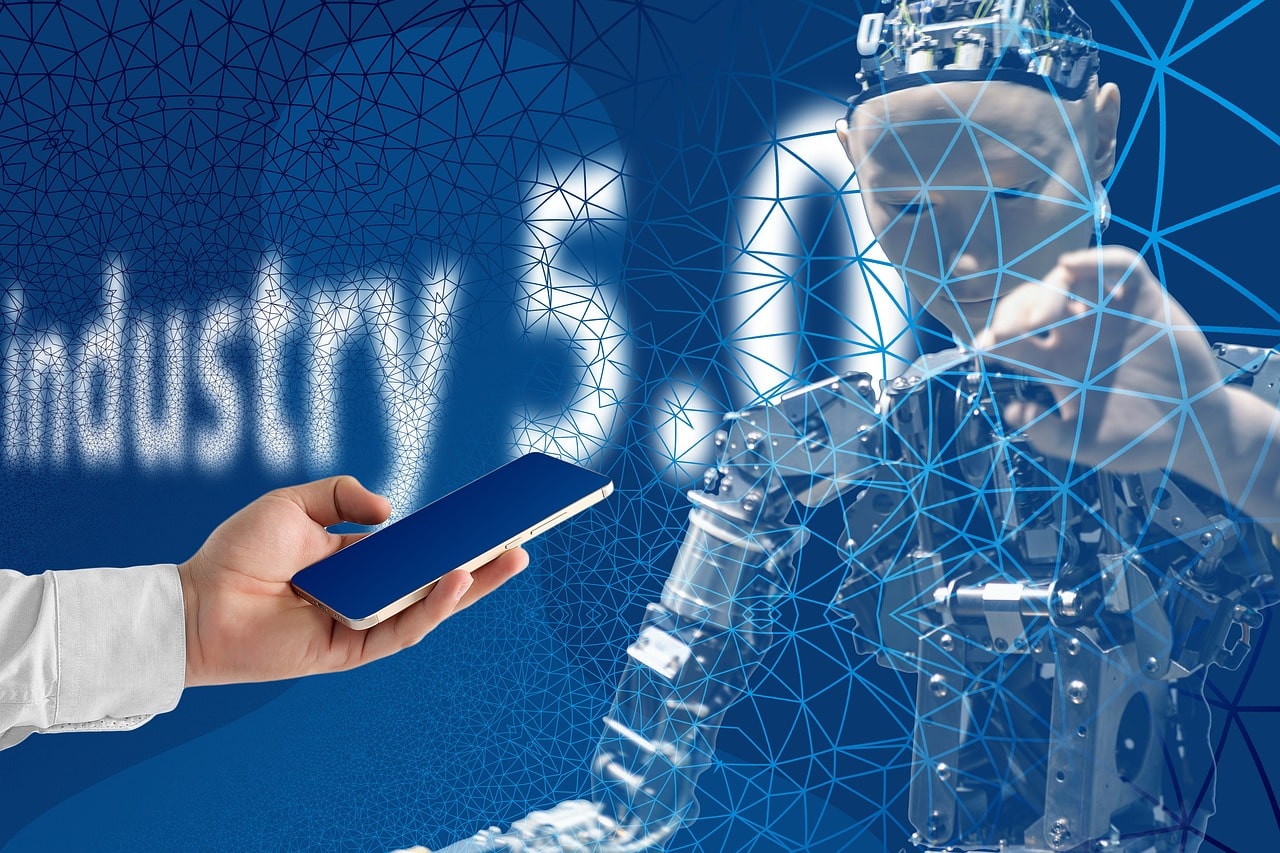What Are the Strategies for Balancing Automation and Human Touch in Services?

In our modern digital age, business strategies are increasingly becoming a balancing act between automation and human touch. As a service provider, you need to strike a balance between leveraging technology to improve efficiency and maintaining that human touch that makes your customers feel valued and understood. The goal is to use automation where it can enhance efficiency and effectiveness, while allowing human empathy to shine through in interactions that require a more personal approach. Here, we will explore five key strategies for achieving this balance.
Optimizing Customer Experience through Automation
The customer experience has become a critical battleground for businesses in virtually all industries. Customer expectations have risen dramatically with the advent of digital technology, and automation can play a significant role in meeting these heightened expectations.
Have you seen this : What Are the Best Approaches to Digital Asset Management for Businesses?
Automation can streamline the customer service process, leading to faster response times and increased customer satisfaction. Commonly automated services include FAQs, chatbots, and automated email responses. These tools can handle simple queries efficiently, leaving your human team free to focus on more complex issues that require a nuanced understanding and empathy.
Remember, the goal of automation in customer service isn’t to replace humans but rather to enhance and support the work that they do. Automation can help eliminate repetitive tasks, reduce errors, and provide faster service, but it cannot replicate the emotional intelligence and empathy of human beings.
Additional reading : How to Leverage User Experience Design to Increase E-commerce Sales?
Harnessing Data to Personalize Customer Interactions
In the age of Big Data, businesses have access to unprecedented amounts of information about their customers. This data can be leveraged to personalize customer interactions, whether they’re automated or human-led.
When used correctly, data can help you understand your customers better, anticipate their needs, and deliver more relevant service. For instance, by analyzing customer data, you could identify patterns and trends that suggest a particular customer may be ready to upgrade or might be interested in a new product.
However, data should not be used to manipulate customers or invade their privacy. Transparency is crucial when it comes to data usage. Customers need to understand what data you’re collecting, why you’re collecting it, and how it will be used to improve their experience.
Enhancing Customer Support with a Blended Approach
Customer support is a critical area where the balance between automation and human touch is most evident. While automation can handle simple queries quickly and efficiently, there are times when customers want, or need, to interact with a real person.
A blended approach to customer support can be very effective. For example, chatbots can be used to answer routine questions, and if the query becomes too complex, the conversation can be handed off to a human customer service representative. This ensures that customers get the quick responses they desire while still having access to human support when needed.
Empathy plays a crucial role in these human interactions. Customers often reach out to support when they’re frustrated or anxious, and a sympathetic human voice can go a long way in diffusing tension and building positive customer relationships.
Empowering Employees Through Technology
As much as automation is about improving customer service, it’s also about making your employees’ lives easier. By automating repetitive tasks, you allow your employees to focus on the aspects of their job that are more interesting and rewarding.
Instead of seeing technology as a threat, employees should see it as a tool that can help them do their job better. Training programs can help employees understand how to use automation and digital tools effectively and can boost their confidence in using these tools.
Remember, happy employees are more likely to provide good service. By using automation to make their jobs easier, you’re not just improving efficiency – you’re also boosting morale and job satisfaction, which will reflect in the service they provide to customers.
Integrating Automation and Human Touch in Marketing
Marketing is another area where the balance between automation and human touch is crucial. Automated marketing tools like email marketing software, social media scheduling tools, and customer relationship management systems can save time and increase efficiency. However, they should not completely replace the human touch.
Personalization is a key aspect of effective marketing, and while automation can help deliver personalized content on a large scale, it’s the human touch that makes that content feel genuinely personal. Whether it’s a personalized email or a thoughtful social media post, customers appreciate knowing there’s a real person behind the digital façade.
The key to successful marketing is understanding your customers, and while data and automation can provide valuable insights, it’s empathy and understanding that will help you connect with your customers on a deeper level.
Leveraging Digital Transformation in Decision Making
Digital transformation presents a unique opportunity for businesses to reassess their approach to decision making. It involves the integration of digital technology into all areas of a business, leading to fundamental changes in how the business operates and delivers value to its customers.
While automation can play a significant role in decision making, the human element cannot be overstated. For instance, in areas such as strategic planning, problem-solving, and risk management, human intuition, judgement, and experience are vital. Automation can churn out data and statistical trends, but the interpretation and application of this data require a human touch.
Consider a contact center as an example. While automated systems can handle routine inquiries, human agents are needed to handle more complex, sensitive, or nuanced issues. In this scenario, balancing automation and human interaction is essential. Automation can be used to handle high volume, low complexity tasks, freeing up human agents to focus on high-priority, high complexity tasks. This not only improves the efficiency of the contact center but also enhances the customer experience.
Moreover, human interaction adds an element of personalization to the customer journey, making customers feel valued and cared for. This element of human touch is something that automation can never truly replicate. Therefore, even as businesses undergo digital transformation, it’s essential to maintain a balance between automation and human interaction.
Finding Balance in the Social Media Space
In the digital age, social media has become an integral part of the business process. It serves as a platform for businesses to connect with their customers, promote their products or services, and gather feedback. However, finding the right balance between automation and human touch is crucial in the social media space.
Automated tools can help manage multiple social media accounts, schedule posts, and monitor engagement. However, these tools should be used in moderation. Excessive automation can make a business’s social media presence feel impersonal and robotic. On the other hand, human interaction is necessary to respond to customer queries, engage in conversations, and manage online reputation.
Remember, social media is all about building relationships and engaging with your audience. While automated tools can help manage the workload, it’s the human touch that adds authenticity and personality to a business’s social media presence. Therefore, the key to finding balance in social media is combining the efficiency of automation with the genuineness of human interaction.
Conclusion
In conclusion, the key to balancing automation and human touch in services lies in understanding when to deploy each. Automation is an excellent tool for improving efficiency, reducing errors, and freeing up human resources. However, it cannot replace the emotional intelligence, empathy, and personal touch that come with human interaction.
Additionally, it’s important to use data responsibly, ensuring transparency in its collection and use. It’s equally important to empower employees through technology, fostering a culture where technology is perceived as an enabler, not a threat.
At the end of the day, finding the right balance between automation and human touch is a continuous process. It involves constant monitoring, feedback, and adjustment to ensure that businesses can deliver superior customer experiences in this digital age. As we move further into the 21st century, businesses need to continue exploring innovative ways to strike this balance, ultimately enhancing both operational efficiency and customer satisfaction.
